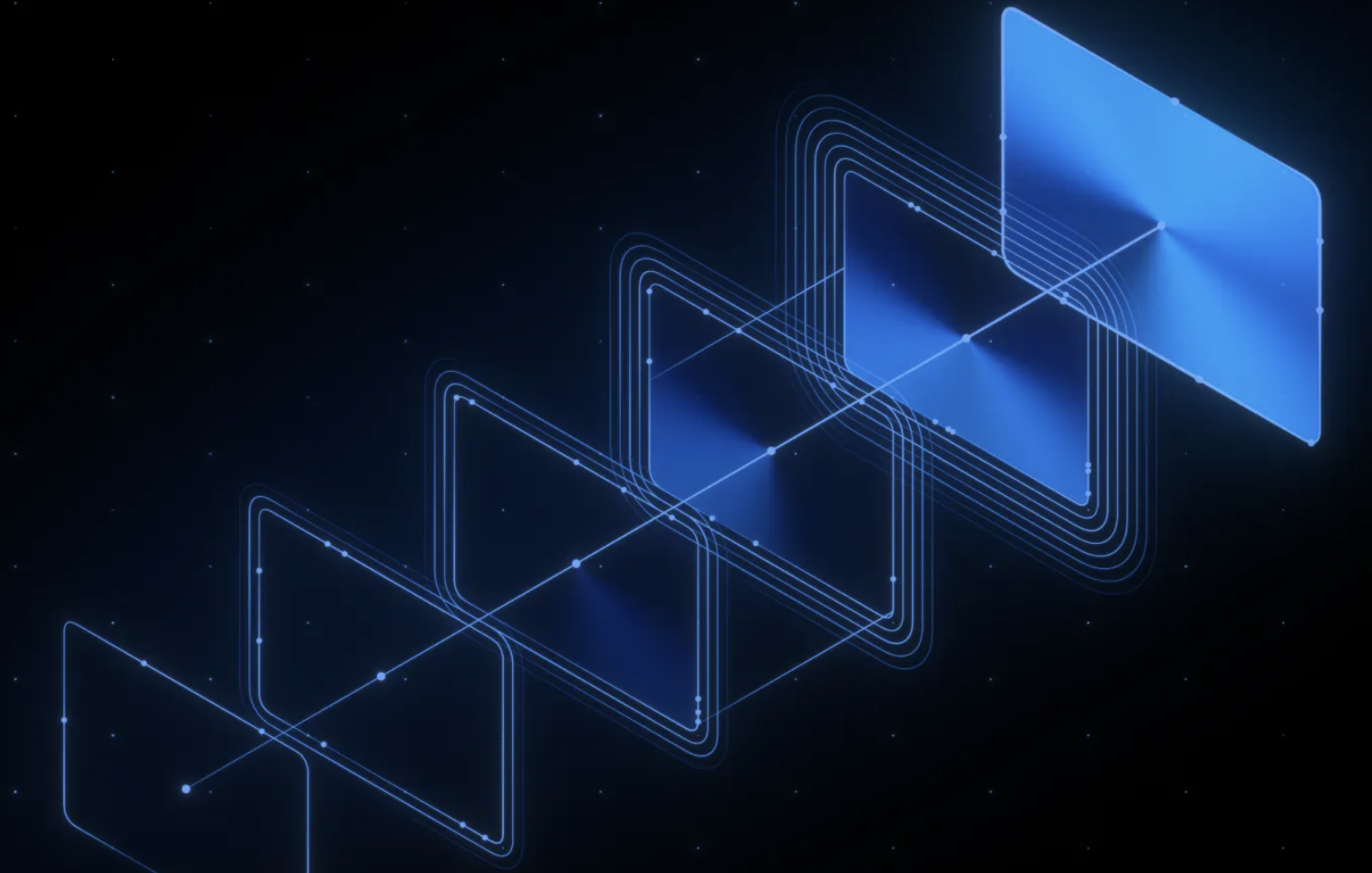Tesla introduces giant casting machine to mass-produce Model Y Compact SUV
4 min. read
Published on
Read our disclosure page to find out how can you help MSPoweruser sustain the editorial team Read more

Elon Musk believes the way to usher in a new age of EVs is by going back to square one and tackling the fundamental issues with production.
Tesla just designed and patented revolutionary new wiring architecture, which will enable robots to build the upcoming Model Y.
Now another patent has revealed that Tesla is also moving to a new, full body aluminium casting design; rather than a series of stamped steel and aluminium pieces.
When we get the big casting machine, it’ll go from 70 parts to 1 with a significant reduction in capital expenditure on all the robots to put those parts together.
The patent is called the “Multi-Directional Unibody Casting Machine for a Vehicle Frame and Associated Methods.” Matt Kallas, former “Mold Making Supervisor” at Tesla described the concept in the patent application:
In one aspect, a multi-directional casting machine for a vehicle frame configured in accordance with embodiments of the present disclosure, includes: a central hub having a cover die portion and a plurality of ejector die portions translatable relative to the cover die portion. The plurality of ejector die portions are configured to meet at the central hub. The plurality of ejector die portions includes a first ejector die portion configured to translate along a first axis between a closed position and an open position. The first ejector die portion is adjacent a first side of the cover die portion in the closed position and spaced apart from the cover die portion in the open position. A second ejector die portion is configured to translate along the first axis between a closed position and an open position. The second ejector die portion is adjacent a second side of the cover die portion opposite the first side in the closed position and spaced apart from the cover die portion in the open position. A third ejector die portion is configured to translate along a second axis extending substantially perpendicular to the first axis between a closed position and an open position. The third ejector die portion is adjacent a third side of the cover die portion in the closed position and spaced apart from the cover die portion in the open position. The plurality of ejector die portions form a mold cavity corresponding to at least a portion of a vehicle frame.

This machine is supposed to mitigate common problems that come with the die casting process, with the addition of several ejector die portions meeting at a central hub.
“Typically, in the context of vehicle frame manufacturing and the die casting process, multiple die casting machines are each used to cast different components of a vehicle frame. For example, a single die casting machine cell in a factory may be dedicated to casting a single frame component. These components from each casting machine are then assembled or secured together (e.g., via welding) by factory workers or robotic systems to form a vehicle frame (e.g., a unibody vehicle frame). Because die casting generally involves higher capital costs relative to other casting and manufacturing processes including assembly of many individual components (e.g., due to high costs of casting equipment and metal dies), there remains a need for an improved die casting machine and associated methods thereof, particularly as related to casting a vehicle frame to reduce work required to achieve a final assembled product.”
The machine will reduce the number of casting machines required to build a vehicle frame, and can even build a “complete or substantially complete” frame by itself.
The casting machine, as well as the modular harness will “reduce build time, operation costs, costs of manufacturing, factory footprint, factory operating costs, tooling costs and/or quantity of equipment.” Looking at the most recent series of patents, it appears that Tesla is happy to revolutionise not just the car market, but also the technology that produces them.
Source: Electrek









User forum
0 messages